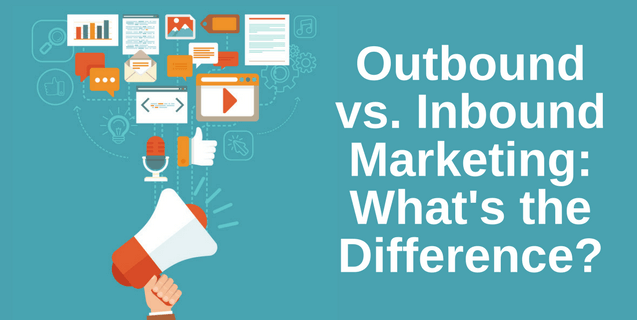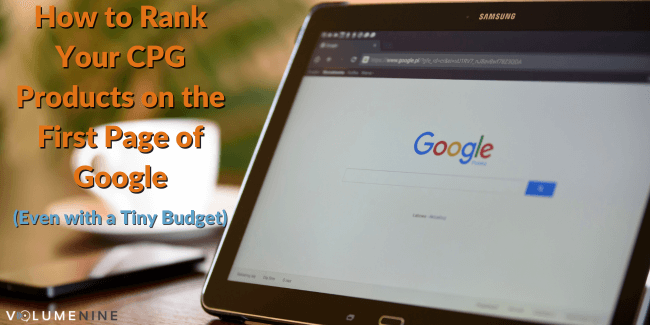
Outbound vs. Inbound Marketing: What’s the Difference?
As long as business owners have wanted customers, marketing has been around. But as businesses change along with the customers they serve, marketing changes too. Today, there are two different broad types of marketing, inbound and outbound. Below, we dive into the difference between inbound and outbound marketing and the benefits and limitations of each.
Outbound Marketing
Outbound marketing is commonly referred to as traditional advertising. WordStream defines outbound marketing as “any kind of marketing where a company initiates the conversation and sends its message out to an audience … such as TV commercials, radio ads, print advertisements, trade shows, outbound sales calls (“cold calls”), and email spam.”
To understand outbound marketing, think of interruption. As you watch TV, a commercial comes on. Sitting around the house, you get a call from a telemarketer. While you listen to the radio, an advertisement plays. Advertisers are using mass media to get their product in front of you, whether you’re interested or not.
Inbound Marketing
Inbound marketing, as the name implies, stands in stark contrast to outbound. Techtarget defines inbound marketing as “a strategy that focuses on attracting customers, or leads, via company-created Internet content.” Examples include subscription-based email marketing, content marketing (blog posts, white papers, etc.), and paid search advertising.
The Differences: Outbound vs. Inbound Marketing
When trying to understand the difference between inbound and outbound, it’s helpful to think of it as a “push vs. pull” dynamic. Outbound pushes people to take action. Inbound moves those who have expressed interest further down the funnel to purchase.
Inbound marketing gives customers a voice; it allows them to talk back so you can learn more about them. They may send an email or comment on a blog post asking for more information. Inbound strives for a dialogue, while outbound speaks from its soapbox.
While modern outbound marketing has gotten much more targeted, ultimately, outbound marketers are still advertising without permission.
In essence, outbound marketing reaches more people who are less interested in the service or product. Conversely, inbound marketing reaches fewer people who are more interested in the service or product.
Benefits of Outbound Marketing
While outbound marketing doesn’t target the most interested customers, it does reach a much larger audience. By using mass media, you expose your business to the greatest possible number of people, which can be very useful in creating a recognizable brand.
Outbound Limitations
The main limitation of outbound marketing (other than generally high costs) is that consumers, in response to the constant bombardment of ads, have become very active in seeking out ways to avoid it. SEOPressor lists a few examples of people tuning out outbound marketing:
- People skip TV ads by recording their favorite shows and fast-forwarding through commercials.
- Digital music subscription services and satellite radio help people avoid radio advertisements.
- More and more people get news from the internet rather than newspapers or magazines, making print advertising less effective.
Benefits of Inbound
The main benefit of inbound marketing is that you create a sustainable source of incoming revenue in a cost-effective manner. By creating content that is beneficial to your customer, you create a loyal following that will continuously purchase and spread the word about your product or service.
In 2013 Hubspot said that “79% of companies that have a blog report a positive ROI for inbound marketing this year.” Regardless of size, businesses can create a solid inbound marketing strategy with focused time and effort.
Inbound Limitations
The main limitations of inbound marketing are the required time and a limited number of potential customers. Clearly, content that has to be searched for won’t reach as many eyes or ears as content provided through mass media. Also, inbound marketing is a long-term strategy that requires patience and perseverance to reap the benefits, so you can’t count on large amounts of short-term profit.
While a successful marketing strategy can use both inbound and outbound marketing, inbound marketing is an essential part of remaining competitive in your industry while keeping marketing costs low. To learn more about how inbound marketing can benefit your business, contact the content marketing team at Volume Nine today – we’re here to help!







